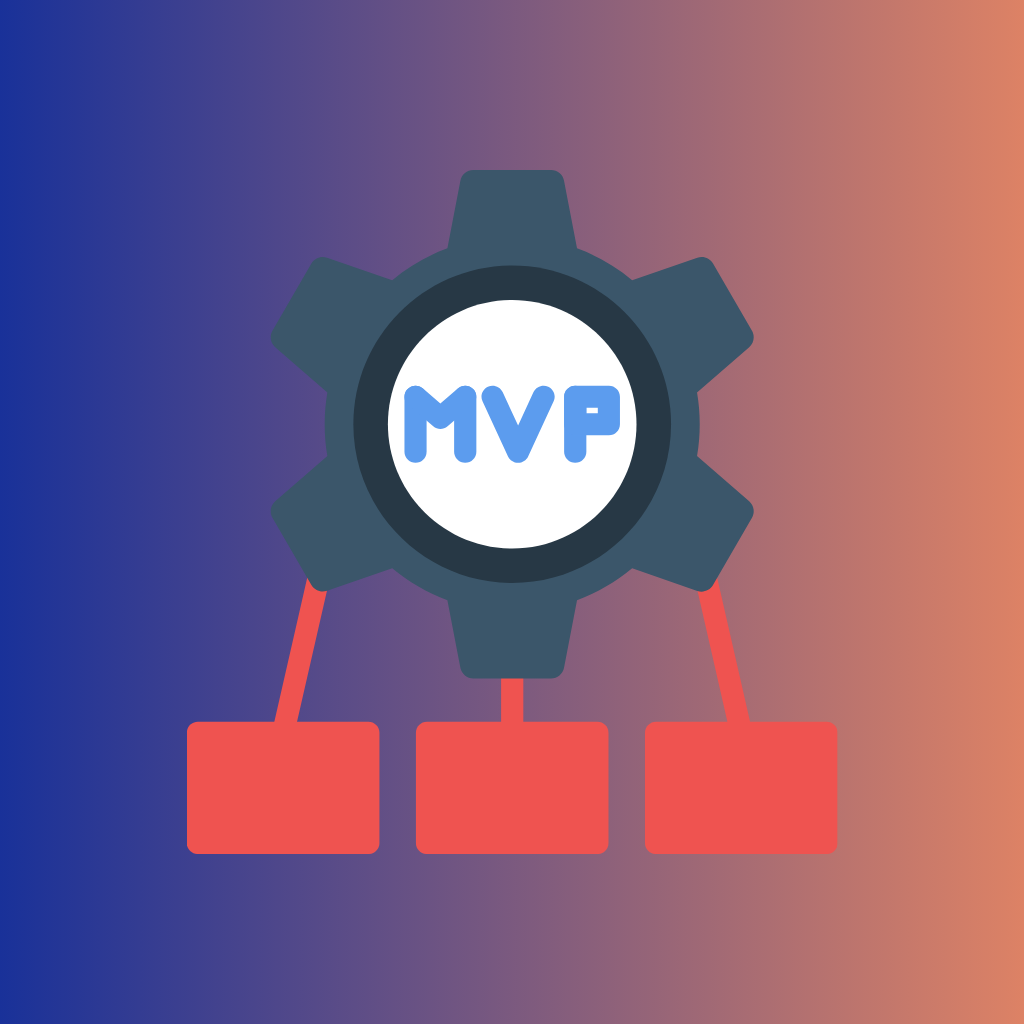title
The power of React Markdown is not to be underestimated. It's a handy tool that simplifies the process of writing and rendering Markdown in your React applications. In this guide, we'll cover the basics of using react-markdown.

Heading 1
We'll then move on to more complex uses of Markdown. With React Markdown, you can easily write and render Markdown in your applications, which can dramatically simplify the process of content creation.
Continuing to another related topic
Heading 2
Here's a sample code block:
{
id: 1,
image: "url.com",
}
Heading 3
Finally, we'll cover some advanced topics and techniques in using React Markdown. By the end of this blog post, you'll have a comprehensive understanding of how to effectively use Markdown in your projects.
Enjoy the journey into Markdown!
Starting a tech business is an exciting but challenging endeavor. While the allure of innovation and the potential for success are strong motivators, the road to achieving a successful startup is fraught with uncertainties. One of the most critical steps in this journey is the validation of your business idea. Without proper validation, even the most brilliant concepts can fail due to a lack of market need, poor execution, or an ineffective business model.
How This Checklist Can Accelerate Your Success?
This quick-start validation checklist is designed to guide tech entrepreneurs through the essential steps of validating their business ideas. It covers everything from understanding market demand to building a strong team and launching your product. By following this checklist, you can accelerate the validation process, make informed decisions, and confidently move forward with your startup.
1. Understanding Market Demand
Researching Market Trends and Opportunities
The first step in validating your startup idea is to understand the market landscape. Start by analyzing reports, studies, and industry news to get a sense of where the market is heading. Look for gaps in the market that your product could fill, and consider how larger trends might impact the need for your solution. Additionally, exploring adjacent markets can reveal opportunities for diversification or expansion in the future.
Identifying Your Target Audience
Once you have a solid understanding of the market, the next step is to identify your target audience. Creating detailed buyer personas can be an effective way to visualize your target audience. These personas should include information such as age, gender, occupation, income level, and interests. Understanding what motivates your audience and the challenges they face will allow you to design a product that resonates with them, increasing the chances of successful adoption.
Analyzing Competitor Offerings
No market is without competition. Analyzing the products and services offered by your competitors is a key component of the validation process. Start by listing your direct and indirect competitors. Evaluate their strengths and weaknesses, and consider how your product compares. Are there features they’re missing? Can you offer a better user experience or a more attractive price point?
2. Problem-Solution Fit
Validating the Problem Your Startup Aims to Solve
Once you have a clear understanding of the market demand and your target audience, the next step is to validate the problem your startup aims to solve. Begin by conducting interviews, surveys, and focus groups with individuals who fit your target audience profile.
It's also important to assess whether this problem is one that customers are willing to pay to solve. Sometimes, even if a problem is acknowledged, it might not be a priority for customers to invest in a solution. Understanding this aspect will help you determine the viability of your product in the market.
4. Minimum Viable Product (MVP) Development
Defining What Makes an Effective MVP
An MVP, or Minimum Viable Product, is a simplified version of your product that includes only the essential features needed to solve the core problem for your target audience. The purpose of an MVP is to test your assumptions and validate your solution with minimal resources and time investment.
Keep in mind that an MVP is not a prototype or a half-finished product; it should be a functional and usable version of your solution. The goal is to learn from early users and refine your product to better meet their needs before committing to a full-scale launch.
5. Marketing Strategy
Crafting a Go-to-Market Strategy
A well-defined go-to-market (GTM) strategy is essential for successfully launching your product and gaining traction in a competitive market. Start by identifying the most effective channels to reach your target audience. Depending on your product and industry, this could include digital marketing, content marketing, social media, partnerships, or traditional advertising. Tailor your messaging to highlight the unique benefits of your product and how it solves your customers’ problems.
Pricing is another critical component of your GTM strategy. Consider different pricing models, such as subscription-based, freemium, or one-time purchase, to determine which aligns best with your product and audience. Be prepared to adjust your pricing based on market feedback and competition.
Utilizing Digital Marketing Channels
Digital marketing is a powerful tool for tech startups to build brand awareness, generate leads, and drive sales. Start with a strong online presence, including a well-designed website that clearly communicates your value proposition and offers easy navigation. Use search engine optimization (SEO) to increase your visibility on search engines, making it easier for potential customers to find you.
Social media platforms like LinkedIn, Twitter, and Facebook can be valuable for connecting with your audience, sharing content, and building a community around your brand. Develop a content marketing strategy that includes blog posts, videos, and infographics to educate and engage your audience while establishing your startup as an industry thought leader.
6. Launch and Post-Launch Strategies
Executing a Successful Product Launch
The product launch is a critical moment for any startup. A well-executed launch can generate significant buzz, attract early adopters, and set the stage for future success. To ensure a successful launch, thorough preparation and attention to detail are essential.
Begin by creating a detailed launch plan that includes timelines, responsibilities, and key milestones. On launch day, leverage all available channels to maximize visibility. This includes social media, email marketing, PR efforts, and any partnerships or influencer collaborations you’ve established.
Post-Launch Performance Metrics and Analysis
After the initial excitement of the launch, it’s crucial to assess the product’s performance and make data-driven decisions to improve and scale. Tracking and analyzing post-launch metrics will provide insights into how well your product is performing in the market and where there may be opportunities for growth or improvement.
Key performance indicators (KPIs) to monitor include user acquisition, retention rates, customer satisfaction, and revenue growth. Analyze user behavior data to understand how customers are interacting with your product and identify any friction points in the user experience.
Startup validation doesn’t end with the initial launch. The tech industry is dynamic, and customer needs can change rapidly. Continuous validation and adaptation are essential for long-term success. As your startup grows, keep gathering feedback, testing new ideas, and refining your product to meet evolving market demands.
Remember, the journey of a tech entrepreneur is one of constant learning and adjustment. By staying flexible and open to change, you can navigate challenges and seize opportunities as they arise. With a solid validation process in place, you’ll be well-equipped to build a successful and sustainable business that meets the needs of your customers and thrives in the competitive landscape.




